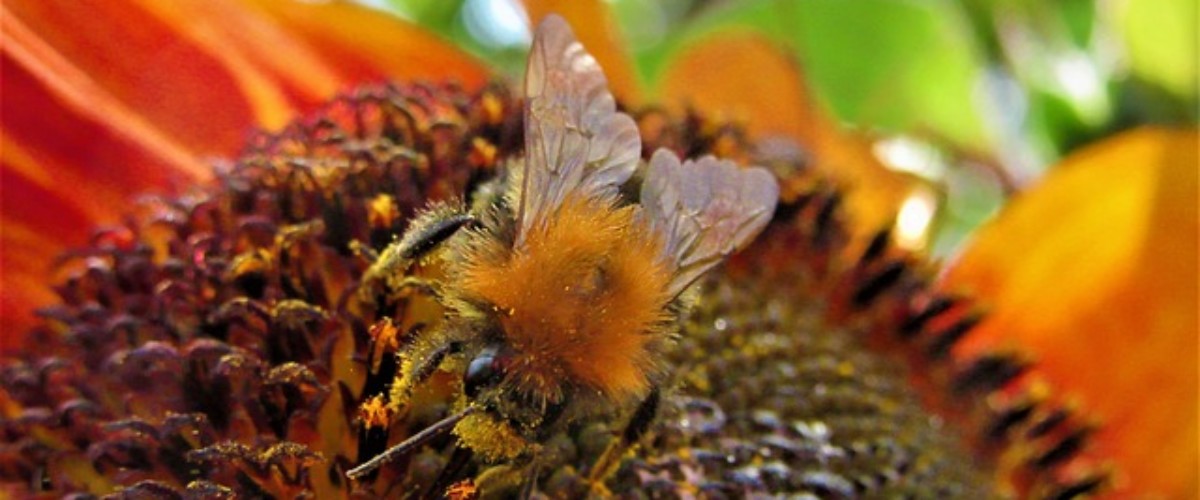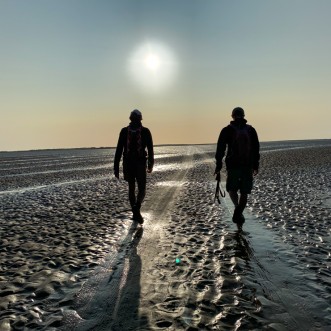The nature on Canvey is fantastic. Think birds, bees and big open spaces.
West Canvey Marshes
An RSPB-owned reserve which includes a mix of grasslands, marshlands, reedbeds, saltmarsh and mudflat habitats. The reserve comprises important wetland and grassland habitats and provides feeding and breeding grounds for wintering, migratory and breeding waders and wildfowl and is home to a range of important protected species such as water voles and reptiles. Watch out for lapwing, little egret, marsh harrier, redshank and wigeon. In springtime we’ve never heard so many cuckoos.
The Reserve has 6.5 km of visitor access with 3.5km of this being permissive nature trails and 3km of public footpath along the perimeter of the site with parts following the seawall adjacent to Easthaven Creek. It is possible to walk to the northern access point to the reserve from Benfleet rail station. Check out access and further details here.
Canvey Wick Nature Reserve
Britain’s first bug reserve. Canvey Wick is a 93.2ha Site of Special Scientific Interest. It is owned by the Land Trust and managed by the RSPB and Buglife. It exists on the old site of an oil refinery and is rich in rare plant and insect species with as many species per square metre as a rainforest. It is one of the most important sites in Britain for endangered invertebrate species like the Canvey Island ground beetle, Weevil hunting wasp, carder bee and Scarce emerald damselfly. Find out more here.
Canvey Point


